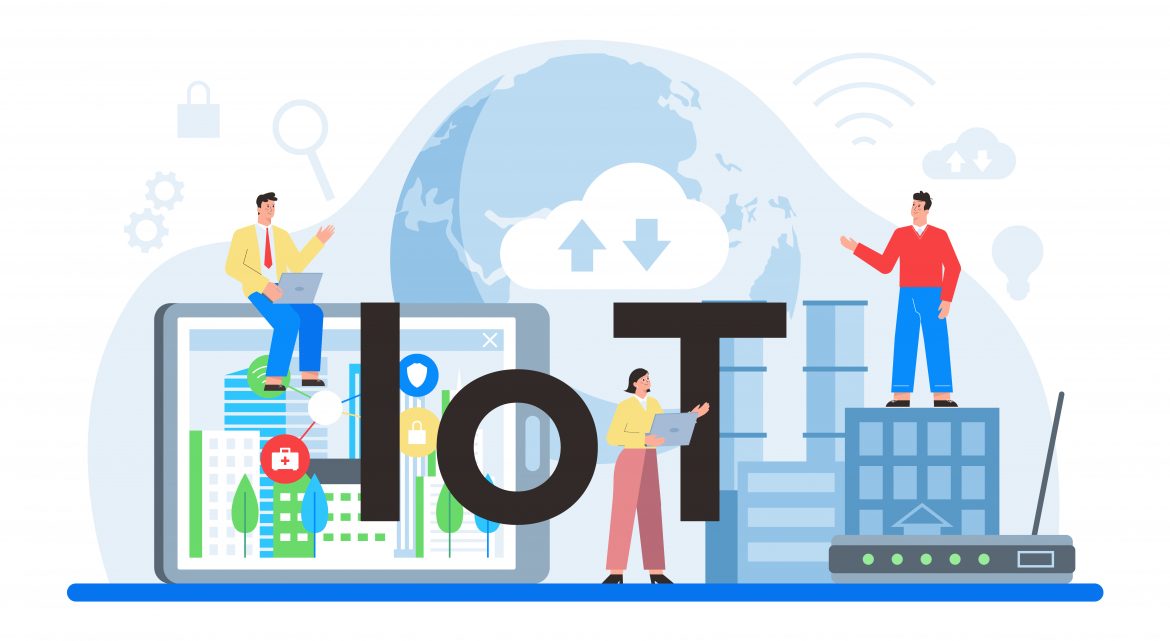Imagine a world where the fiercest storms, rugged mountain terrains, or disaster-stricken zones are no longer insurmountable barriers but exciting frontiers ripe with opportunity. Thanks to the transformative power of the Internet of Things (IoT), these once-daunting landscapes are now becoming playgrounds for clever technology and cheerful innovation. Tiny, yet mighty, IoT devices have stepped into the spotlight, demonstrating that even in the most unstable environments, connectivity, safety, and smart adaptation are achievable. They sense, learn, and respond—seamlessly turning chaos into coordinated harmony.
Turning Challenges into Opportunities with Smart Sensors
At the heart of this revolution are smart sensors — little titans that continuously monitor environmental conditions. Think about flood sensors stationed in vulnerable floodplains; these tiny gadgets detect rising water levels and send instant alerts to local authorities and residents, giving them precious time to evacuate and prepare. These sensors aren’t just reactive—they are proactive, learning from past data to predict future risks. Their ability to function in extreme conditions, from torrential rain to heatwaves, ensures that communities stay informed and safe—all while their durable design withstands the brutality of nature.
In remote mountain regions, IoT-enabled weather stations collect vital atmospheric data, helping farmers and climbers plan their activities better and avoid danger. These devices can operate on solar power, utilizing long-lasting energy sources when conventional power supplies are unavailable, and employ resilient designs to survive freezing temperatures or high winds. Such smart devices exemplify human ingenuity, transforming inhospitable terrains into hubs of connectivity.
Autonomous Drones and Robots: Exploring and Responding in Real Time
Another delightful example of IoT ingenuity is the deployment of autonomous drones and robots to survey, explore, and assist in challenging environments. During disaster management scenarios, such as earthquakes or hurricanes, drones equipped with IoT sensors maneuver over collapsed structures—capturing real-time imagery, detecting survivors, and transmitting critical data back to rescue teams. Their ability to adapt dynamically—changing flight paths based on atmospheric conditions or obstacle detection—is a testament to the flexible, clever hardware and algorithms ingeniously designed by engineers.
Robotic devices, from ground-based explorers to underwater rovers, also play a significant role in hazardous environments like radioactive zones or deep-sea explorations, where human access is impossible or perilous. These resilient IoT-powered explorers are equipped with self-healing systems and adaptive navigation capabilities, enabling continuous operation despite the unpredictable twists and turns of their settings.
Innovative Tweaks and Clever Tricks: The Joyful Journey of IoT Devices Evolving to Meet the Quirks of Unstable Settings and Springing Surprises with Bright Ideas and Bright Outcomes
The story of IoT in unstable environments is one filled with cheerful creativity, clever tweaks, and a splash of ingenuity. It’s not just about making devices work; it’s about making them thrive amid chaos, bringing a sense of joy and confidence that even the most unpredictable conditions are conquerable.
Adaptive Algorithms and Self-Healing Networks
Engineers are increasingly turning to adaptive algorithms—smarter software that enables IoT devices to learn from their environment and reconfigure themselves accordingly. For example, in areas with fluctuating wireless signals or power uncertainties, IoT devices are equipped with self-healing network capabilities. Picture devices that automatically reroute data through alternative pathways when a signal drops or switch to low-power modes during outages, ensuring continuous operation.
If a sensor becomes damaged or encounters unexpected issues, innovative self-healing algorithms come into play. These systems detect malfunctions and automatically initiate repairs—either digitally by updating firmware or physically via resilient hardware designs—making the devices more durable and reliable.
Energy Efficiency and Eco-Friendly Power Solutions
In unstable environments, traditional power sources might be unreliable or unavailable. But that hasn’t slowed down IoT innovation. Instead, engineers have devised energy-efficient designs and eco-friendly power solutions, such as solar panels, kinetic energy harvesters, or long-lasting batteries that can operate autonomously for extended periods. These enhancements ensure IoT devices remain active even in remote, power-scarce zones, turning a potential vulnerability into a strength.
Robust Hardware and Modular Designs
Designing hardware that can withstand extreme conditions requires some serious cleverness. Devices are built with ruggedized casings to resist moisture, dust, shocks, and temperature fluctuations. Their modular designs allow exchange or upgrade of components without dismantling the entire system—making maintenance in hard-to-reach areas easier and more cost-effective.
Bright Ideas for Data Security and Reliability
Security is vital in unstable environments, where data breaches or tampered sensors could lead to disastrous outcomes. Bright-minded developers employ encryption, tamper-proof hardware, and secure authentication protocols to keep data safe no matter where the devices operate. Meanwhile, redundancy systems—such as multiple sensors measuring the same parameter—help ensure accurate, reliable data even if some devices are compromised or out of commission.
The Bright Future of Resilient IoT: Turning Challenges into Opportunities
The cheerful spirit of IoT innovation, paired with clever tweaks and resilient designs, paints an optimistic picture of how technology can transform chaos into opportunity. As these tiny titans continue to evolve—embodying human ingenuity and playful creativity—they bring us closer to a world where even the most unpredictable environments become interconnected, safe, and smarter.
From resilient sensors in flood-prone areas to autonomous explorers in disaster zones, IoT’s adaptive capabilities are opening new horizons for safety, sustainability, and exploration. These devices prove that no environment is too unstable, no challenge too great, when equipped with the right technology and a cheerful vision for the future. So here’s to the tiny, mighty devices boldly marching into nature’s surprises—turning chaos into a cheerful symphony of connectivity and resilience.
By embracing innovation, clever design, and a splash of cheerful optimism, we can look forward to a future where even the harshest environments become connected realms of opportunity. After all, the best way to tame unpredictability is with a bright idea and a resilient spirit!

